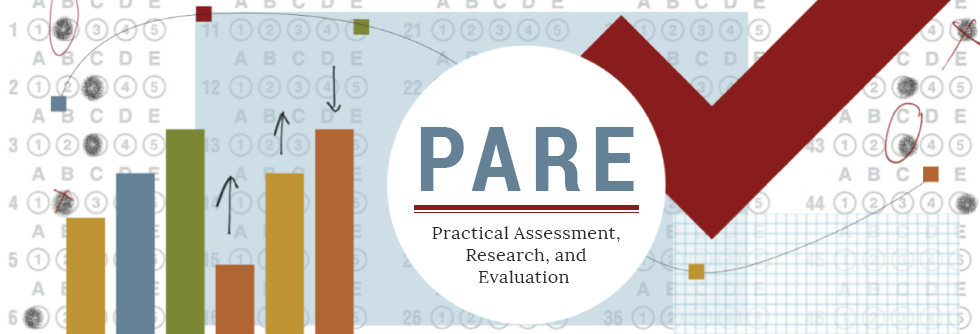The Delphi Technique: Making Sense of Consensus
DOI
https://doi.org/10.7275/pdz9-th90
Abstract
The Delphi technique is a widely used and accepted method for gathering data from respondents within their domain of expertise. The technique is designed as a group communication process which aims to achieve a convergence of opinion on a specific real-world issue. The Delphi process has been used in various fields of study such as program planning, needs assessment, policy determination, and resource utilization to develop a full range of alternatives, explore or expose underlying assumptions, as well as correlate judgments on a topic spanning a wide range of disciplines. The Delphi technique is well suited as a method for consensus-building by using a series of questionnaires delivered using multiple iterations to collect data from a panel of selected subjects. Subject selection, time frames for conducting and completing a study, the possibility of low response rates, and unintentionally guiding feedback from the respondent group are areas which should be considered when designing and implementing a Delphi study. Accessed 68,465 times on https://pareonline.net from August 30, 2007 to December 31, 2019. For downloads from January 1, 2020 forward, please click on the PlumX Metrics link to the right.
Creative Commons License

This work is licensed under a Creative Commons Attribution-NonCommercial-No Derivative Works 4.0 International License.
Recommended Citation
Hsu, Chia-Chien and Sandford, Brian A.
(2019)
"The Delphi Technique: Making Sense of Consensus,"
Practical Assessment, Research, and Evaluation: Vol. 12, Article 10.
DOI: https://doi.org/10.7275/pdz9-th90
Available at:
https://scholarworks.umass.edu/pare/vol12/iss1/10
